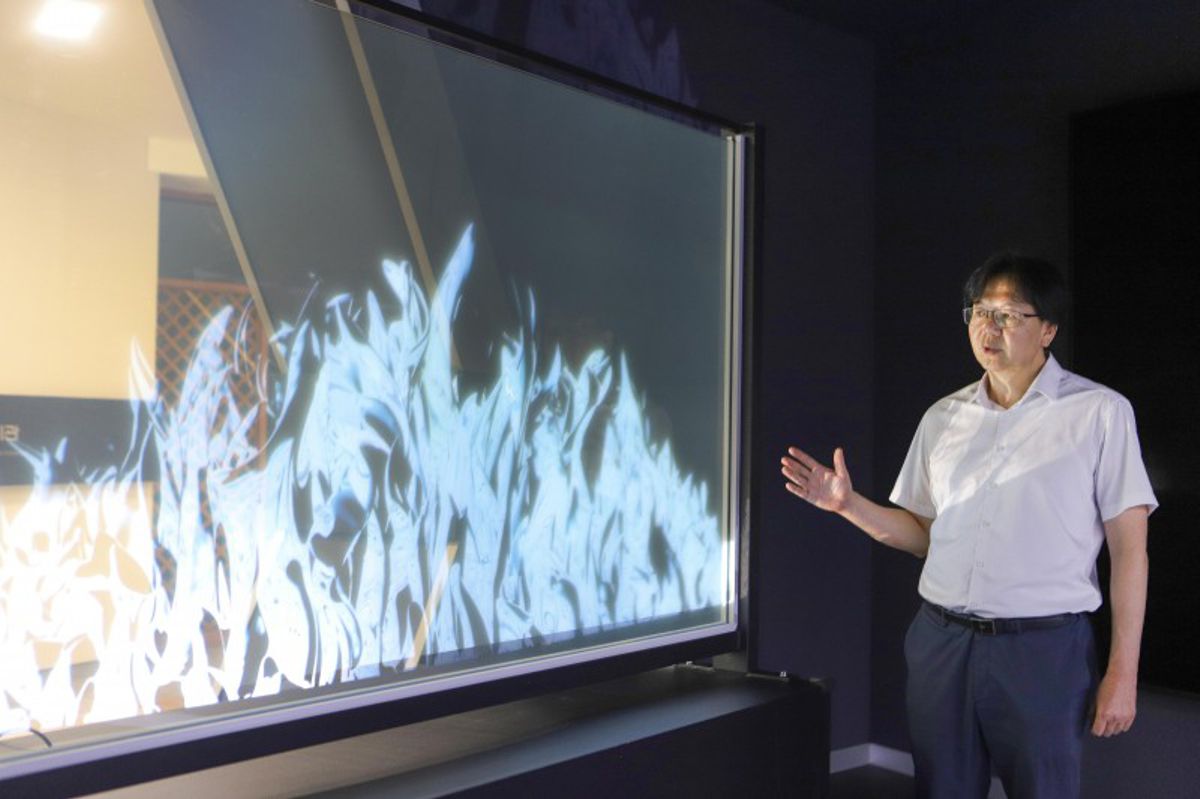Cooling and warming buildings with Chameleon-inspired Coatings
As summer turns to fall, many people will be turning off the air conditioning and firing up heaters instead. But traditional heating and cooling systems are energy intensive, and because they typically run on fossil fuels, they aren’t sustainable.
Now, by mimicking a desert-dwelling chameleon, a team reporting in ACS’ Nano Letters has developed an energy-efficient, cost-effective coating. The material could keep buildings cool in the summers — or warm in the winters — without additional energy.
Many desert creatures have specialized adaptations to allow them to survive in harsh environments with large daily temperature shifts. For example, the Namaqua chameleon of southwestern Africa alters its colour to regulate its body temperature as conditions change. The critters appear light grey in hot temperatures to reflect sunlight and keep cool, then turn a dark brown once they cool down to absorb heat instead. This unique ability is a naturally occurring example of passive temperature control — a phenomenon that could be adapted to create more energy-efficient buildings.
But many systems, such as cooling paints or coloured steel tiles, are only designed to keep buildings either cool or warm, and can’t switch between “modes.” Inspired by the Namaqua chameleon, Fuqiang Wang and colleagues wanted to create a colour-shifting coating that adapts as outside temperatures fluctuate.
To make the coating, researchers mixed thermochromic microcapsules, specialized microparticles and binders to form a suspension, which they sprayed or brushed onto a metal surface. When heated to 68 degrees Fahrenheit, the surface began to change from dark to light grey. Once it reached 86 degrees, the light-coloured film reflected up to 93% of solar radiation. Even when heated above 175 degrees for an entire day, the material showed no signs of damage.
Next, the team tested it alongside three conventional coatings — regular white paint, a passive radiative cooling paint and blue steel tiles — in outdoor tests on miniature, doghouse-sized buildings throughout all four seasons.
- In winter, the new coating was slightly warmer than the passive radiative cooling system, though both maintained similar temperatures in warmer conditions.
- In summer, the new coating was significantly cooler than the white paint and steel tiles.
- During spring and fall, the new coating was the only system that could adapt to the widely fluctuating temperatures changes, switching from heating to cooling throughout the day.
The researchers say that this colour-changing system could save a considerable amount of energy for regions that experience multiple seasons, while still being inexpensive and easy to manufacture.
The authors acknowledge funding from the National Natural Science Foundation of China, the Taishan Scholars of Shandong Province, the Royal Society, and the China Scholarship Council.















